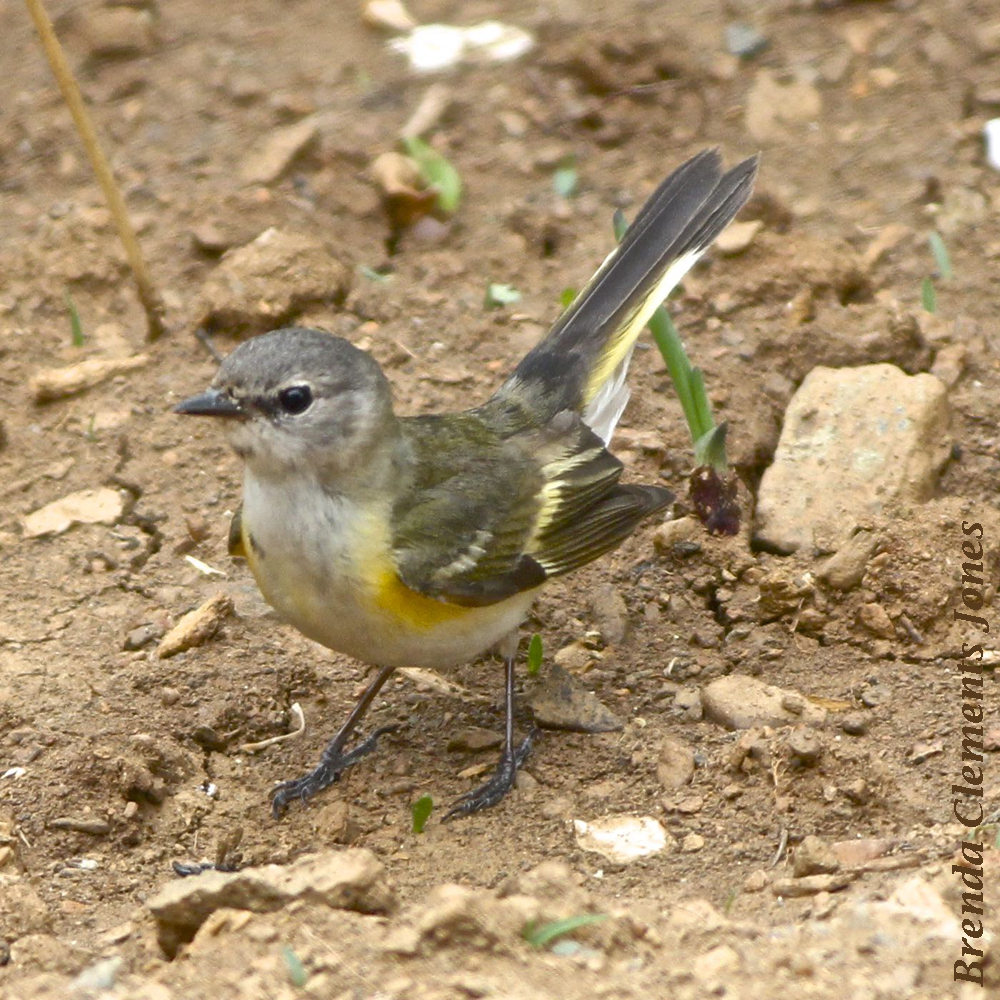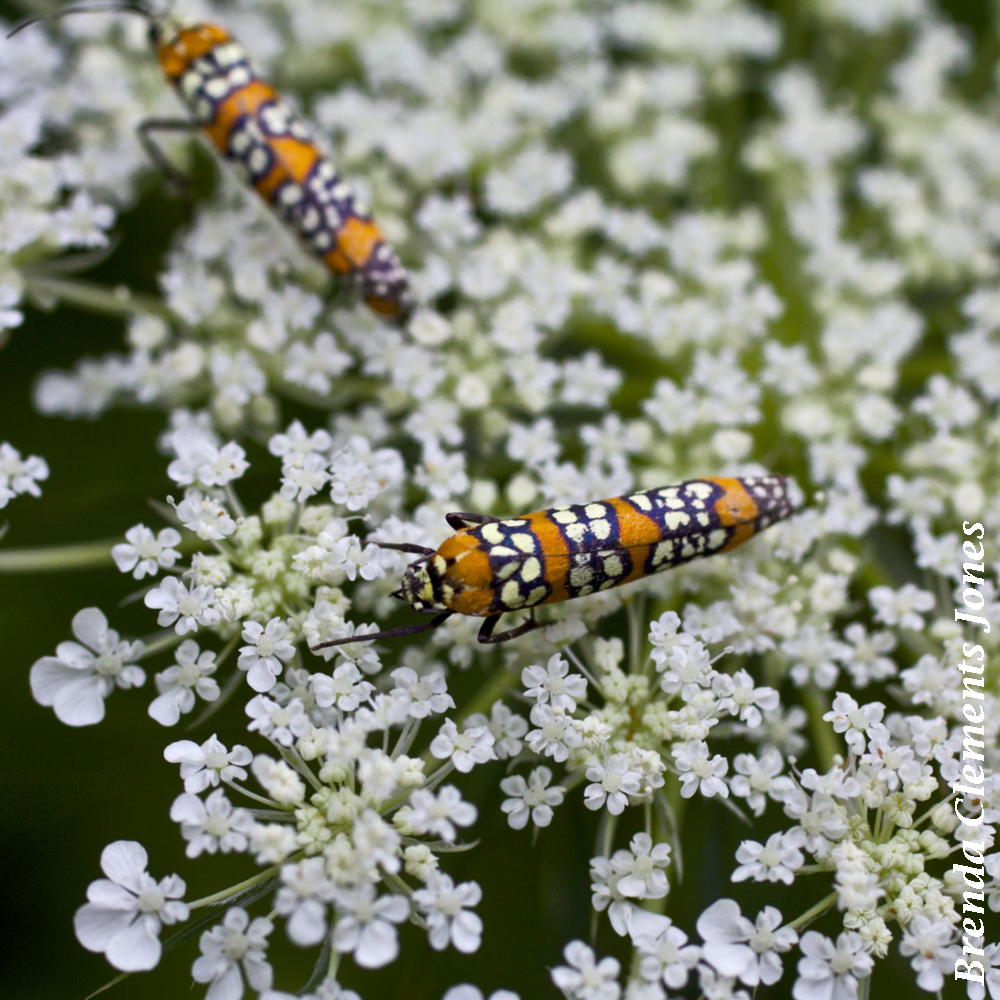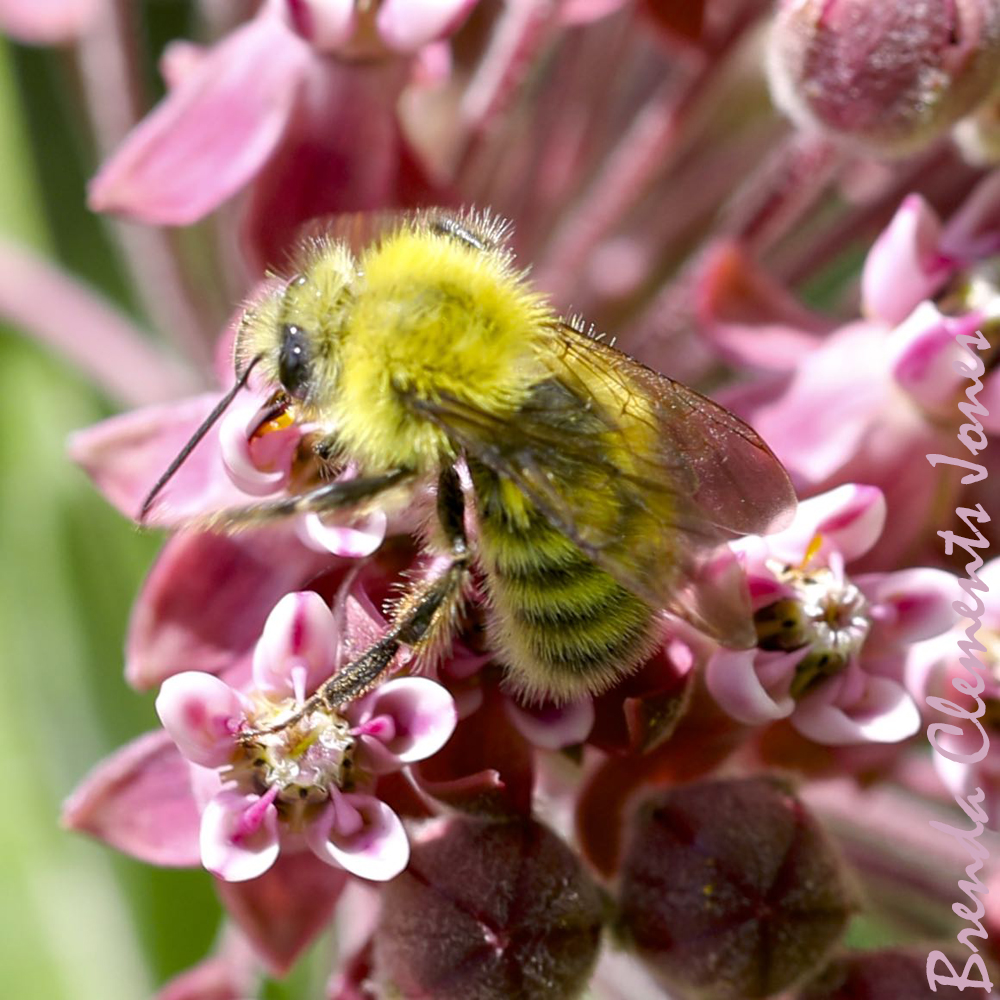-
Home Canned Green Beans

Much going on in the kitchen these days. He’s got a great vegetable garden with tomatoes, cucumbers, potatoes, asparagus, rhubarb, to name just a few things that bring lovely satisfaction. He didn’t grow these green beans, they’re from our dear friend Pedro Rafael Aponte of Saint Isidore Homestead & Permaculture at the Greene Farmer’s Market.…
-
Eastern Towhee

A large sparrow with a long tail. The Eastern Towhee (Pipilo erythrophthalmus) fills the edges of the woods here with their beautiful song of “Drink your teeeeaa” all day long. For me, a constant companion. Here in Virginia these Towhees have haunting red eyes but in Florida and northern Georgia they will have light straw…
-
Locust Underwing

You may see one at a porch light late at night or lapping up juices from some fermenting fruit. Locust Underwing (Euparthenos nubilis). Larvae of Locust Underwing feed on Locust trees favoring Black Locust (Robinia pseudoacacia). There are two broods from April to September. The native range of this moth is from Maine and Ontario,…
-
Female American Redstart

She’s a faithful daily visitor. A female American Redstart (Setophaga ruticilla). Many times a day I’ll see her either patrolling the garden in her search for insects or more often splashing around in one of the birdbaths. I can’t stress strongly enough, the birdbaths I have in my garden areas are used often. Right now,…
-
Ailanthus Webworm Moth

Ailanthus Webworm Moth (Atteva aurea). A moth that fools many. Erroneously thought to be a beetle because of its bright colors and its adults taking in flower nectar during the day. And that shape, how can that be a moth? The Ailanthus Webworm Moth is native to southern Florida and the American tropics. There it…
-
Carolina Wrens – 2nd Brood

This is the second brood for this pair of Carolina Wrens (Thryothorus ludovicianus). As is normally the case, they’ve gone to a second location, abandoning their previous successful spot, which was in the antique graniteware coffee pot hanging from the porch ceiling. Now they’re on the back porch in a basket that is also hanging…
-
Hummingbird Moths

There are four species of Hummingbird Moth in North America, members of the sphinx moth family (Sphingidae). Sometimes they get mistaken for baby hummingbirds. But they are moths that collect nectar during the day. One of the species, in the photograph above, is the Hummingbird Clearwing Moth. This moth has a golden back, a chestnut-brown abdomen,…
-
Perplexing Bumble Bee

Common Milkweed (Asclepias syriaca) is in full bloom right now delighting bees and butterflies up and down the mountainsides. In this photo, a beautiful bright yellow Perplexing Bumble Bee (Bombus perplexus) is enjoying the nectar that Common Milkweed provides.
-
Peaches

Ah summer, don’t you love it? Summer with peaches that is. The absolute best of flavors. Great to eat sliced atop homemade vanilla ice cream, in a peach pie, in a custard peach pie, sliced on cereal for breakfast. Oh and that aroma. Nothing better.
-
American Germander

Native to all 48 of our contiguous states and a good bit of Canada too. An herbaceous perennial in the mint family American Germander (Teucrium canadense). Opposite leaves, squarish stem. Typical of the mint family. You’ll find Bees of the long-tongued sort, Hummingbird Moths, and Hummingbirds them selves, as pollinators. And if you’re looking for…
